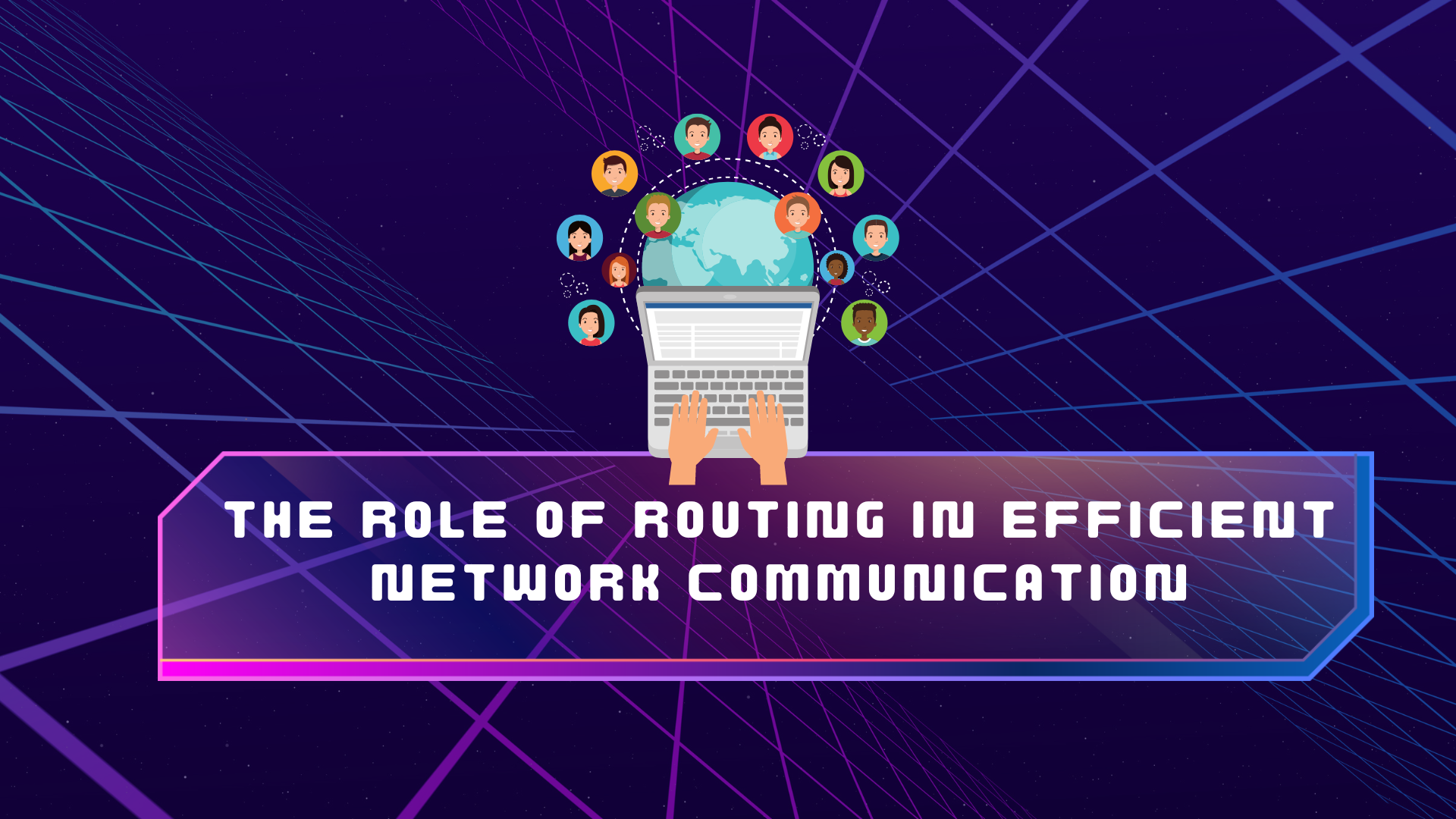Customer-driven products are created by designers who know their users well enough. Everyone else is designing whatever comes to their own mind. And that’s not what UX design should look like. Instead, thorough user research should stand at the core of any product otherwise you are risking it.
But considering that you don’t usually have much time to do really deep user research as discussed in design books, you should at least apply the basics. Let’s now see what is user research and how you can do it properly to create products that users will love.
What does user research do?
Well, it basically helps to understand how people live their lives. As a UX designer or a product designer, you can then come up with inspired design solutions for them. In addition, user research helps eliminate your own personal biases when creating the design. Because it’s sometimes sad to admit that you are not designing for yourself, you are designing for people other than you, for those who might not be like you.

There is a process known as research learning spiral. It was created by Erin Sanders, an inspirational interaction designer, and design researcher. The spiral has got 5 steps a few of which include questions which you should ask yourself and the product team:
1. Objectives
What do you know now and what do you need to know?
2. Hypotheses
What do you believe you already know? What do you think you know about your users?
3. Methods
Based on the situation, what methods are you going to select?
4. Conduct
Start gathering data based on the selected methods.
5. Synthesize
Answer the research questions. Prove or disprove the hypotheses. Explore opportunities for your design efforts.
A few user experience research methods in brief

It’s never a bad time to conduct user research. Depending on your UX design goals and the design phase you are in, you might want to conduct a few or all of the following user research methods:
Ethnographic Field Studies
Researchers meet with the participants in their normal environment i.e. where they would most likely encounter and use the product or service in question.
Participatory Design
As the name suggests, the participants are given design elements to construct their ideal design experience. They are then asked what matters to them most. And why.
Focus Groups
Each group can include 3-12 participants. They are asked open-ended, semi-structured or unstructured questions on a set of topics.
Interviews
The user experience researcher meets with the participants one-on-one and discusses a set of topics with them to get their feedback.
Concept Testing
A researcher shares with the participants a product or service which is an approximate of the new product/service that they are intending to design. The participants should provide opinions regarding the product or service. A UX researcher can organize this either in person or online.
A/B Testing
Also known as bucket testing or live testing. This is the practice of letting groups of users to randomly interact with two different designs on a website or mobile app. The researcher then can measure the impact each design has made on the user behavior.
Card Sorting
The users should organize items into groups and assign categories to each group. This user research method helps explore and analyze the users’ mental models.
Clickstream Analysis
This is the process of analyzing the record of screens or pages that users click on and navigate through. Inapptics is a tool that will help you collect this kind of user behavior data for mobile apps.
Intercept Surveys
This is a type of a survey that is triggered while the user uses a website or an app.
Email surveys
This is a type of a survey that is sent to the users via email.
At the end
Customer-driven products are usually doing better. So, make sure you carry out proper user research before you start designing and prototyping. And even after you have designed the product, check back with your users. Keep in mind that their needs and expectations are changing regularly. Keep up with them!



